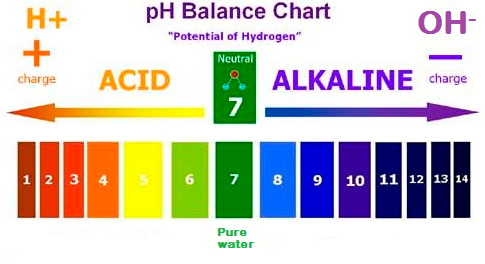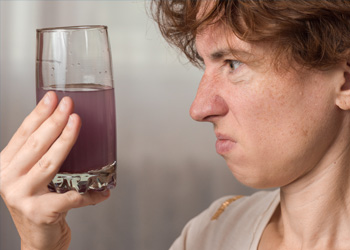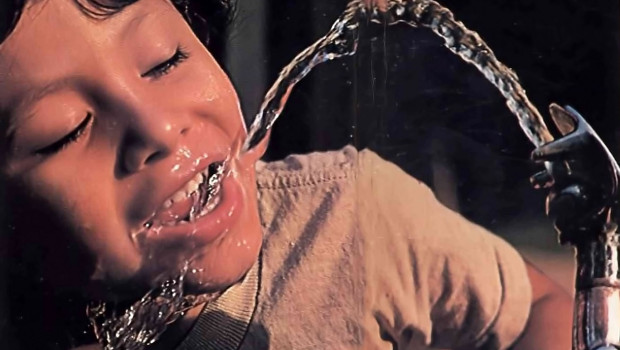We all know the importance of water in our life. Science says a human can survive more than three weeks without food, whereas they can survive only three days without of water.
Water is very essential to the human body. It is the major constituent of blood, carrying oxygen and nutrients to cells and flushing waste out of our bodies. Without water, it is not even possible to digest or absorb the food that we eat. Everything that we humans identify is through our senses – touch, smell, taste, sound or sight.
So how does one describe the taste of water? By definition, water is a liquid that has no characteristic smell or taste. But then, in reality, we do come across water that tastes different. If you haven’t experienced it, try drinking water from different places, maybe cities.
Physical properties of water, such as colour, taste, etc. depend on its pH factor. The pH further depends on upon the concentration of H+ and OH– ions in that compound. For example, compounds having a higher concentration of H+ ions are sour, acids and compounds, having higher OH– ion concentrations are bitter (base) in taste. Pure water has equal concentration of H+ and OH– ions. Thus, it has neither sour nor a bitter taste and hence is tasteless. Similarly, it is colourless and doesn't have any odour.
What is pH scale?
pH stands for Potential of Hydrogen. The pH scale measures the acidic and basic characteristics of any liquid. The range of the pH scale is from 0-14; 7 are being neutral. pH of less than 7 indicates acidic substance, whereas a pH of greater than 7, indicates a base.
 Or in scientific terms, the pH scale is a measure of the relative amount of free hydrogen and hydroxyl ion in the water. Water that has more free hydrogen ions is acidic, whereas water that has more free hydroxyl ions is basic.
Or in scientific terms, the pH scale is a measure of the relative amount of free hydrogen and hydroxyl ion in the water. Water that has more free hydrogen ions is acidic, whereas water that has more free hydroxyl ions is basic.
Why does the taste of water vary at different places?
 Different tastes of water depend on the environmental conditions of a region. Water is classified according to its source. Groundwater comes from wells and boreholes underground doen through chalk or sandstone rock. Surface water comes from rivers and reservoirs. About 70 per cent of water supplied comes from underground sources.
Different tastes of water depend on the environmental conditions of a region. Water is classified according to its source. Groundwater comes from wells and boreholes underground doen through chalk or sandstone rock. Surface water comes from rivers and reservoirs. About 70 per cent of water supplied comes from underground sources.
The source of the water will determine the degree of naturally occurring minerals that can give rise to slightly different tastes.
In densely populated areas or unauthorsied localities, it has been seen that sometimes water and sewage lines are laid very close to each other. Over time, if there are leakages in the water pipeline, the water gets contaminated. The dissolved impurities affect the taste, odour and quality of water.
Metallic taste:
Domestic pipes and fittings containing copper or zinc begin to corrode with time and may increase the concentration of these metals in the water. The water transported through these pipes would produce metallic tastes.
Chlorine taste:
Chlorine is a compound that is used to treat water in order to make sure it is safe to drink. In rare cases, the taste of Chlorine is extremely prominent. The taste is dependent on how long Chlorine has been in contact with the water.
These illustrations demonstrate to us that pure water has no taste. However, it acquires a typical taste because of elements getting dissolved in it due to the source of water. This serves as an indicator too, since any peculiar taste can be normally identified and remedial measures can be immediately taken to prevent water-borne diseases.
It is prudent to inspect drinking water regularly visually at first for any suspended particulate matter, then the colour, smell and the taste. One should also encourage the use of more sophisticated methods to test the purity of the water at one’s own house regularly.
